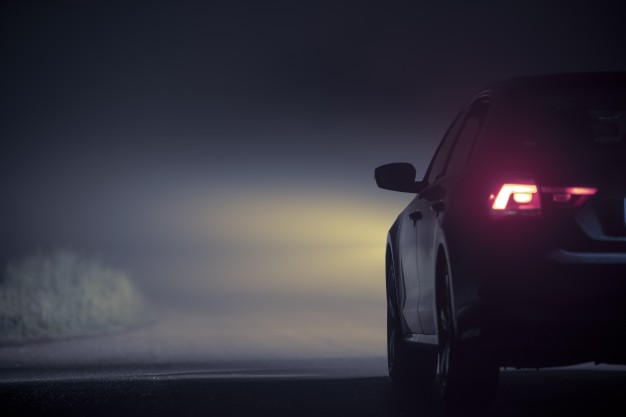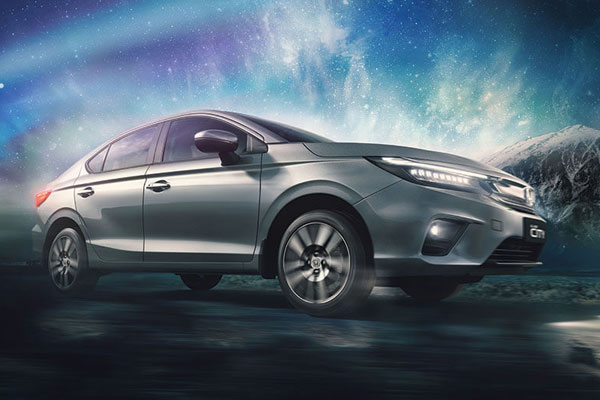Driving in the Dark Can Pose Extra Challenges, So Stay Safe With Our Tips.
There's no doubt that driving in the dark is more dangerous. This is because of reduced visibility and increased difficulty in judging speed and distance.
Top tips for safer night driving:
- Keep windows clean to avoid increased glare and condensation.
- Don’t dazzle others - dip your lights when faced with another road user.
- Using your tire gauge, firmly press the tip of the gauge straight on to the tire's valve stem for a brief moment.
- Help drivers see you in twilight by turning your headlights on before sunset and keeping them on for an hour after sunrise.
- Have your eyes checked regularly for problems which can affect your night vision.
- Be aware that other road users may behave erratically, so be prepared to give them more space.
- Watch out for pedestrians, especially near pubs and clubs around closing time.
- Allow more time for your own journey, so you're not driving under pressure.
- If you can, dim your dashboard lights and reduce reflections and avoid reducing your night vision.
The eyes have it
It's vital to have your sight checked regularly as this will show up any underlying eye problems such as glaucoma that may affect your night vision. Never wear dark or tinted lenses for night driving.
Lighten up
It is advised turning your headlights on before sunset and keeping them on for an hour after sunrise so it's easier for other drivers to see you in twilight.
Make sure all your exterior lights are clean and working properly and keep your interior lights turned off.
And although it's always important to make sure you can stop within the distance you can see to be clear, after dark this is especially the case.
Don't dazzle
On rural roads, drive on full beam whenever possible but dip your lights when faced with another road user to avoid dazzling them.
And if you're dazzled by an oncoming car then avoid looking at the headlights.
Windows on the world
Make sure your car windows are clean, inside and out. Dirty windows will increase glare from other vehicles and are more prone to steaming up.
Study the road ahead
Read the road ahead for signs of oncoming drivers – glimmers of light at the top of hills and at bends could be the headlights of other vehicles, giving you prior warning.
And watch out for pedestrians and cyclists – after dark they can be more difficult to spot, especially if they're not wearing reflective clothing.
Take regular breaks
It's always advisable to take regular breaks when driving long distances, but this is even more vital when you're driving overnight.
Stop for a rest at least every two hours and drink strong coffee to keep yourself alert.
Which lights to use when driving at night?
Use dipped headlights at night or main beam headlights as appropriate. When in doubt, turn them on. Make sure that the red lights and number plate lighting at the back of your vehicle are working.
Do yellow glasses help for night driving?
It is an all too common misconception that yellow tinted or yellow polarized night driving glasses are beneficial for night time driving. The thought is, the yellow or amber color reduces glare and improves contrast
How many feet do you have to turn on your high beams?
Your headlights only let you see about 350 feet ahead. Be sure you are driving slow enough to stop or turn if needed. Use your low beams when you come within 500 feet (about one block) of an oncoming vehicle. Also use your low beams when following another vehicle within 300 feet.
When should you use low beam headlights?
Heavy rain, snow, sleet or fog. Any time your visibility is less than 150 metres because of heavy rain, for example, you'll want to use your low beams headlights. If you were to use your high beams in thick fog, for example, the light would get reflected back to you.
Source - confused.com
TO BOOK YOUR HONDA CR-V CAR MUMBAI,
CONTACT SOLITAIRE HONDA AT 022 67385555 OR AT sales@solitairehonda.com
CAR MODELS
-
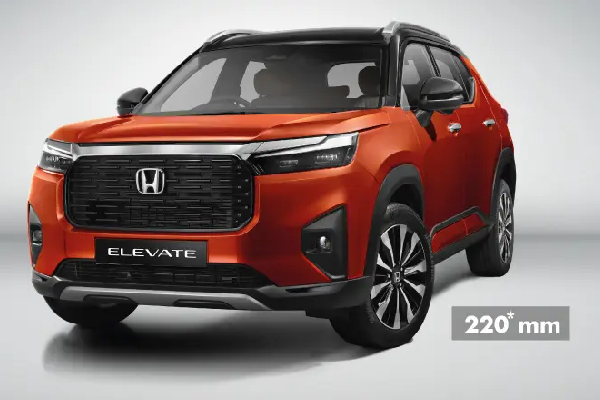 SUV
SUVALL New Elevate
-
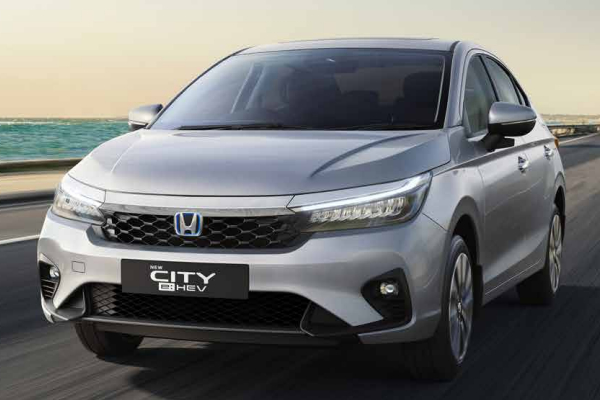 SEDAN
SEDANNEW CITY e:HEV
-
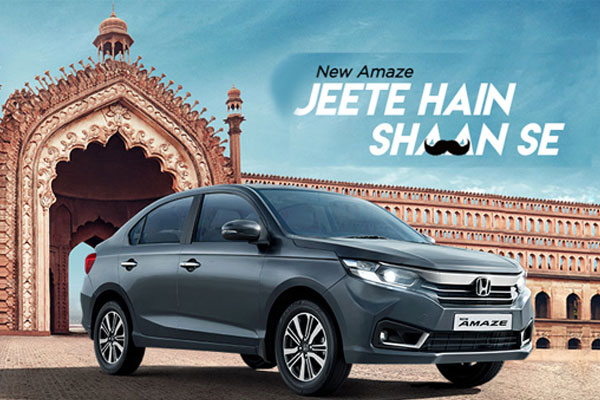 SEDAN
SEDANNew Amaze



